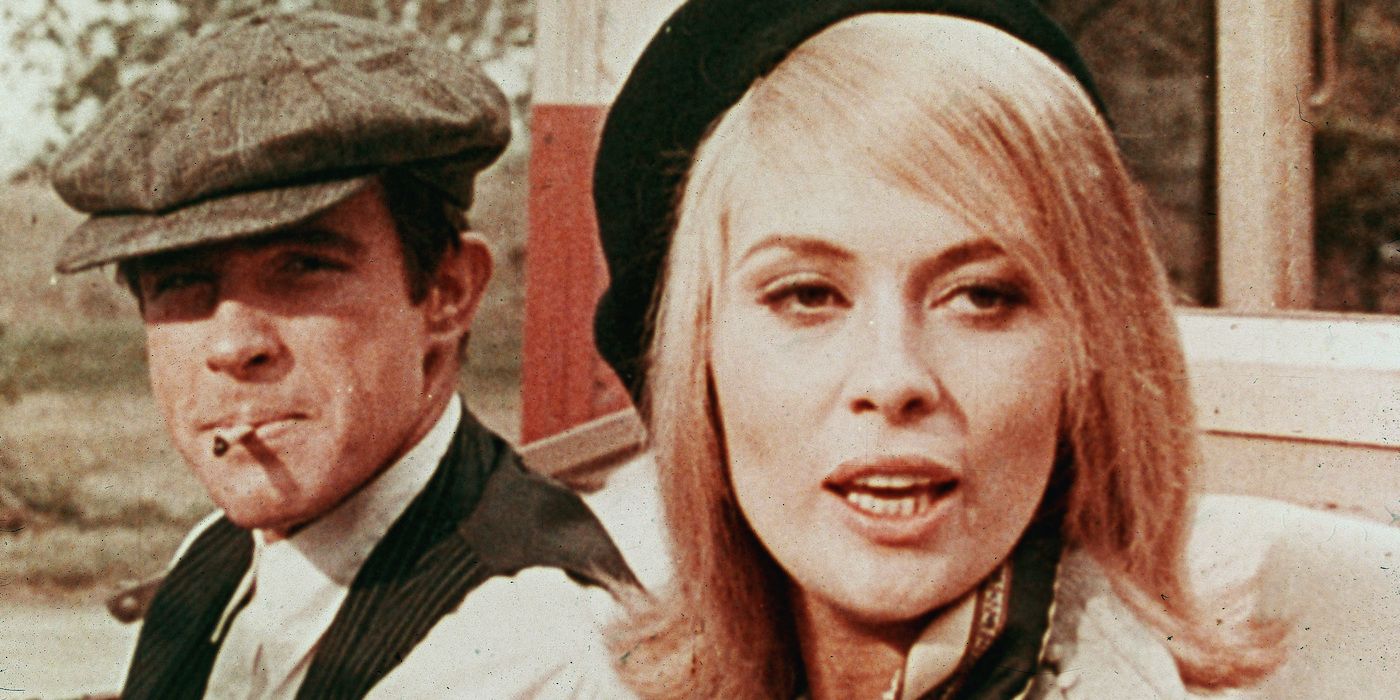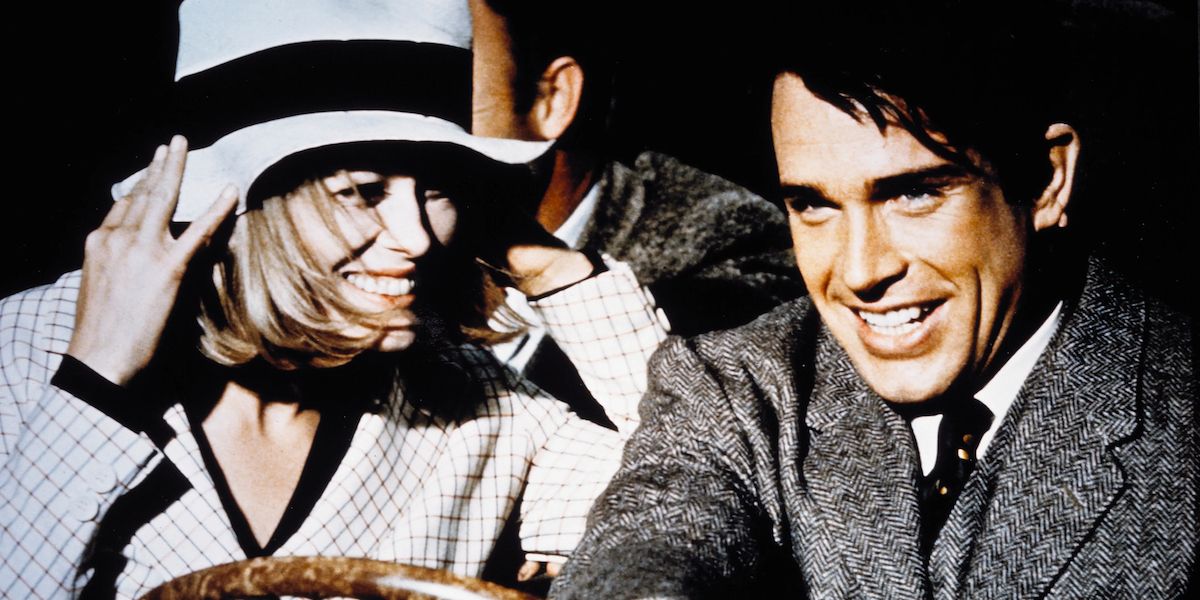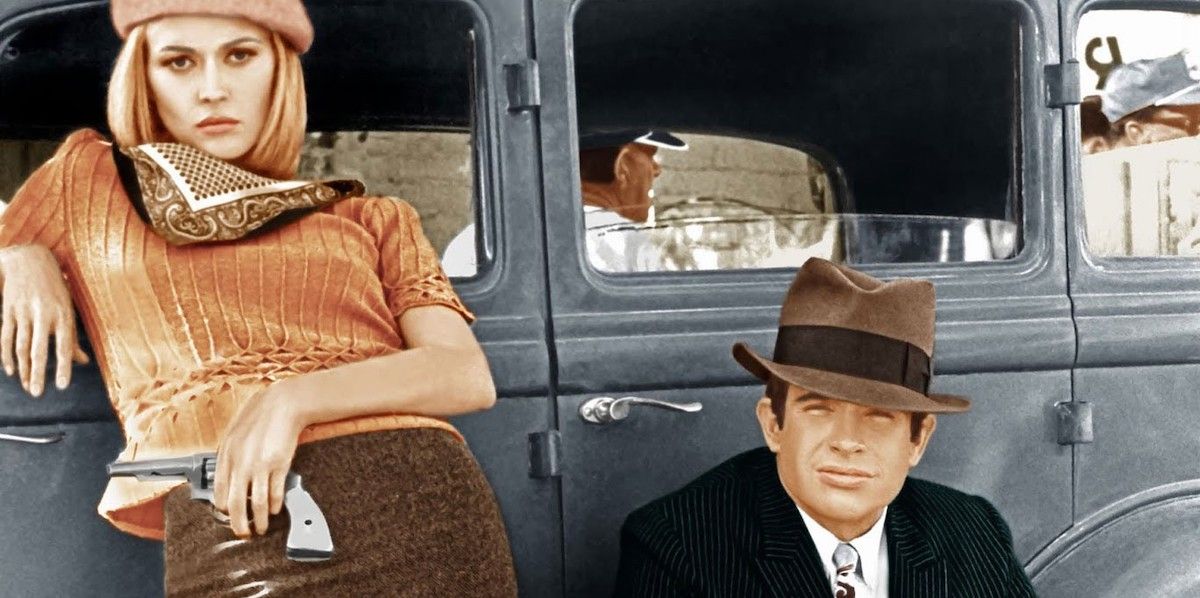The 1960s was a time of radical change. Golden Age Hollywood, the form of filmmaking that had dominated American cinema for over fifty years, was beginning to lose momentum. Its iconic style, which favored invisible editing and old-school sensibilities that were careful to avoid anything resembling a controversial topic, failed to attract the increasingly counterculture youth of the day. While its tightly controlled framework had proven excellent at producing films of great artistic merit that also performed well at the box office (with Alfred Hitchcock and John Ford, to name but a few, excelling at this style), it was becoming increasingly clear that this model would not survive the coming decade.
And as luck would have it, the 1960s also saw the arrival of the first generation of filmmakers who had studied cinema at colleges, emerging just in time to rescue the industry from commercial stagnation. Suddenly the days of unseen filmmaking and the dominance of producers was at an end, replaced by a rise in power for directors as they popularized a more experimental style that took influence from across the Atlantic. The demise of the Hays Code, a set of industry guidelines that prohibited what could and could not be featured in films, open the floodgates for a more liberal use of taboo subjects, and it wasn’t long before this new wave of American cinema was being dubbed New Hollywood. While many films helped bring about this change, ultimately there is none better than the one that started it all, Bonnie and Clyde.
Directed by Arthur Penn, the film follows the infamous criminal couple Bonnie Parker (Faye Dunaway) and Clyde Barrow (Warren Beatty) as they launch a campaign of terror across the Central United States alongside their gang of outlaws and murderers, culminating in their graphic deaths in one of cinema’s most shocking endings. Released in 1967, Bonnie and Clyde signified the exact crossover point between the old and the new, breaking away from the conventions of Classical Hollywood with its frank depictions of sex and violence. Its portrayal of such heinous characters through a romantic and borderline sympathetic lens generated waves of controversy, but it also spoke to the disenfranchised youth of America, culminating in it becoming one of the highest-grossing films of the year (earning $70 million off a budget of just $2.5 million). In the years since it has become regarded as a landmark film, and its depiction of contentious topics has cemented its place in the history books. Few films signal such giant leaps for the industry like this, and it more than earns its legacy.
Right from its opening scene, it’s clear that Bonnie and Clyde marked a radical departure from the typical brand of Hollywood filmmaking. The film opens with Bonnie in her bedroom, bored with her life as a waitress during the height of the Great Depression, and already a major change can be seen. During these opening moments Bonnie is completely naked, and while any actual nudity is avoided thanks to careful camera placement and objects being conveniently framed to protect Dunaway’s modesty, the mere suggestion of such a taboo subject puts it light years from what had previously been the norm (a moment made even more shocking given that this is how Bonnie is introduced, a decision that feels like a deliberate statement of intent on the part of Penn). While mindlessly staring out of her window, she spots Clyde trying to steal her mother’s car. Despite chastising him for his actions, she finds him an intriguing character and accepts his request to walk her into town. Already the seeds of their romance have been planted, and while its use of the love at first sight trope feels right at home in the world of Classical Hollywood (see The Strawberry Blonde or Heaven Can Wait for two prominent examples), the fact that it’s happening for someone who was trying to commit car theft just moments earlier sets a tone greatly at odds with the fifty years of cinema that had preceded it. Throughout the sequence a choppy style of editing persists, with entire seconds of cinematic time being removed in just a single cut. It’s a far cry from the invisible style of editing that had previously dominated, where continuity mattered above anything else. While its inclusion shows New Hollywood’s roots in global rather than just domestic cinema, in this instance the French New Wave movement (with two of its most prominent directors, Jean-Luc Godard and François Truffaut, both being offered the directing job before it was decided an American filmmaker would better suit the project), it also adds to the feeling of unease and paranoia that permeates throughout the film. Barely a minute has passed and already many of the key rules of Classical Hollywood have been broken. Just imagine what the following 110 minutes will bring.
One of the defining aspects of Bonnie and Clyde comes from its graphic violence, a subject that still makes it a point of contention to this day. While far from the first film to depict violence, it popularized a more bloody and explicit portrayal that has since become standard in Hollywood films. Suddenly bullet wounds were no longer bloodless, with characters casually falling over as though they’d just been knocked over by the wind. Now they writhed and screamed in pain, with the film’s innovative use of squibs and fake-blood capsules ensuring every gunshot felt like it had the weight of a hurricane behind it. Critic Stephen Prince described Bonnie and Clyde as having broken “the last taboo against violent representation in American film” by portraying such a senseless act in all its unflinching detail. This is most evident in the film’s iconic ending which sees the couple being gunned down in a police ambush. The film makes no attempt to obfuscate the event, with Bonnie and Clyde being little more than torn apart corpses by the end. It’s a moment that still shocks, and for audiences of the time its level of violence was unprecedented. Compare this to the ending of the classic noir film Out of the Past, which also sees its two lead characters being killed in a police ambush. The circumstances may be similar, but the execution is completely different, with Out of the Past’s ending leaving all the gruesome detail to the viewers imagination without a single drop of blood being shown. While such techniques were common in Classical Hollywood, Bonnie and Clyde was not created under the same level of strict control as its predecessors, allowing it to carve out a new method of filmmaking that set the precedent for the following decade.
But its use of violence is not included just for the hell of it, existing merely to celebrate the demise of the Hays Code rather than serving any functional reason, but rather as the finishing touches on a far larger statement that ties directly into how it contributed to the end of Classical Hollywood. In the decades that preceded Bonnie and Clyde, morality was typically presented on a very black and white spectrum. Heroes were heroes and villains were villains, with everyone receiving an ending fitting to their character by the time the credits roll. While many international movements such as the French New Wave or the Italian Spaghetti Western had long since made the leap to a more ambiguous depiction of morality, American studios were more hesitant to change. While their films were able to retain box office success for a while, this dedication to the old proved a major hindrance when the Baby Boomer generation came of age in the 1960s.
It was here where Bonnie and Clyde made its biggest mark. Its refusal to live in the past (ironic for a film taking in the 1930s) made it an instant hit with the younger demographic, and its influence on equally successful films like The Wild Bunch and Easy Rider confirmed the downfall of Classical Hollywood. Bonnie and Clyde themselves were a million miles from the usual protagonists of American cinema, driven only by their own egotistical goals and a desire to rebel against a society that claims to look after them. That alone makes them hard to root for, and that’s not even mentioning their habit of robbing banks or murdering those who get in their way. But the film’s careful portrayal of the couple, which sympathizes but never condones their actions, turns them into somewhat heroic characters even while they’re committing such atrocious crimes. The graphic violence only hammers home this point, causing the viewer to constantly question their loyalties to characters of such a barbaric nature (a feeling that reaches its apex during the climax, which can be seen as anything from a good ending to a bad ending or any number of things in-between based on how each viewer feels about the couple). No doubt their rejection of society’s rules in pursuit of their own agenda (a description that also fits the film itself) appealed to the counterculture youth of the 1960s, and its subsequent success at the box office cemented the direction of American cinema for the following decade.
The 1970s saw a new golden age for Hollywood. Independent mavericks like Martin Scorsese, Francis Ford Coppola, and Brian De Palma jumped to the forefront of the industry, creating films that continued to push the boundaries of acceptability that steadily grew more ambitious as directors hardened their hold as the dominant voice in Hollywood. The success of films like Midnight Cowboy, an X-rated film about the sex industry that proved a hit with both audiences and critics (culminating in it winning Best Picture at the Oscars), proved to be the final nail for the movement that had dominated since the days of silent cinema. While there are no single films that change all of cinema overnight, Bonnie and Clyde stands as one of the few examples that comes remarkably close to that honor. Its rejection of the mode of filmmaking that had become synonymous with American cinema, combined with its embrace of taboo subjects that had previously been avoided like the plague, makes it one of the most important films ever made. It signaled the end of Classical Hollywood, and proved to be the perfect entry point for one of the most fascinating periods in cinema.



